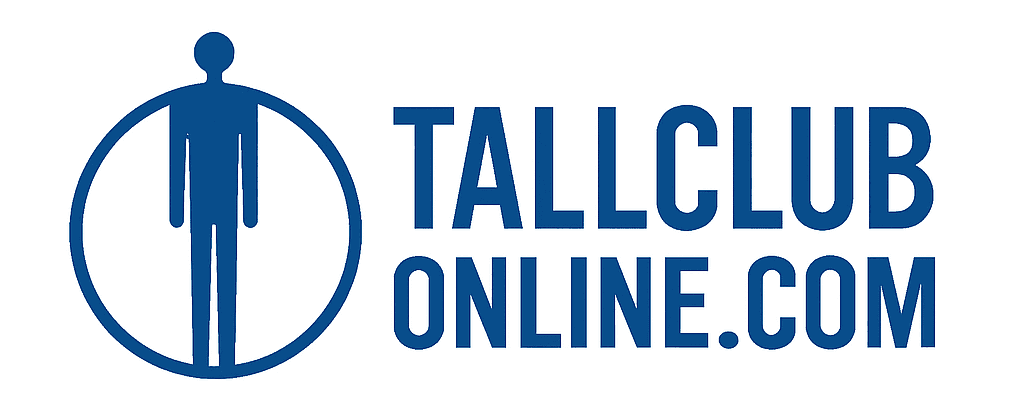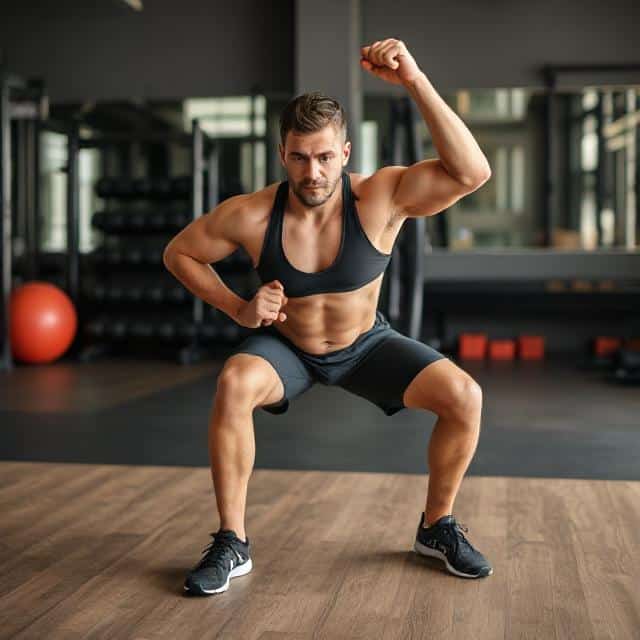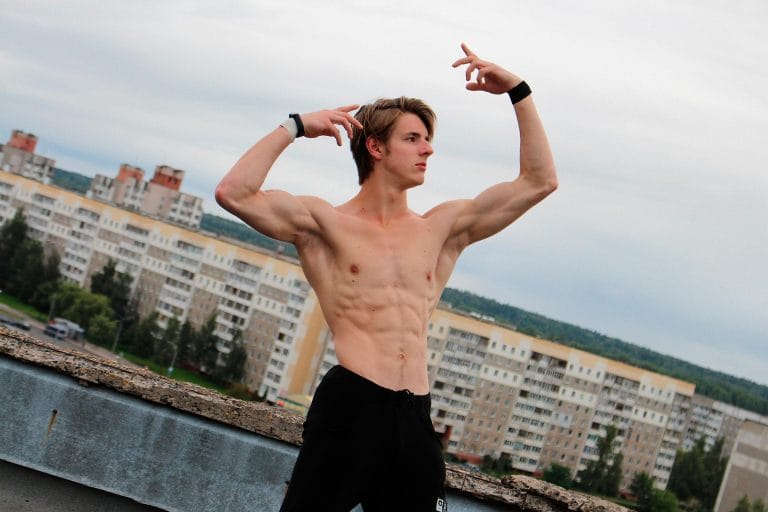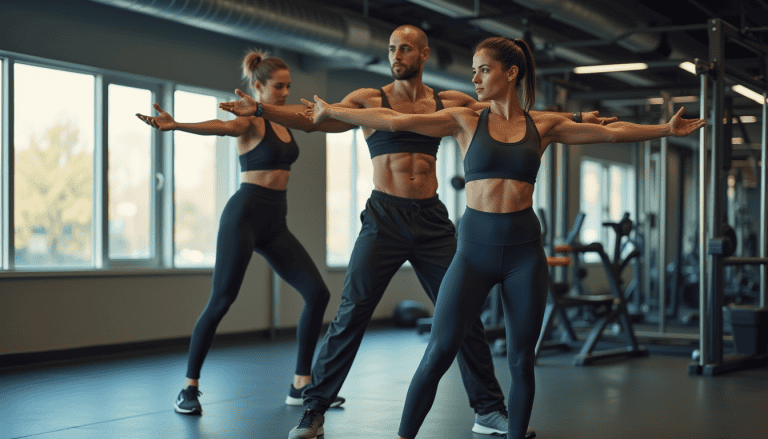How to Build the Best Workout Routine for Tall Bodies and Long Limbs
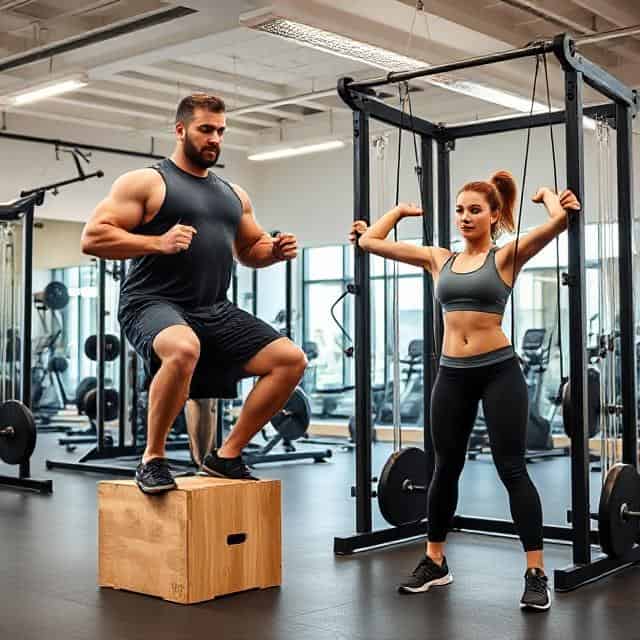
Welcome back to Tall Club Online — your guide to health and fitness for tall individuals!
When you’re tall, standard fitness routines often don’t work in your favor. Your longer limbs, unique biomechanics, and elevated center of gravity mean you need a custom workout routine for tall bodies that supports your height, builds balanced strength, and protects your joints. This article shows you how to create a personalized, effective, and sustainable routine that fits you — literally.
Why Tall Bodies Need a Special Workout Plan
Most fitness programs are designed around average-sized bodies. But you? You’ve got height, reach, and leverage. That means:
More strain on joints
Longer ranges of motion
Difficulty maintaining form with standard equipment
With the right workout plan for tall individuals, you can build strength evenly, improve coordination, and avoid unnecessary injuries.
Step-by-Step Guide to Building the Perfect Tall-Friendly Workout
1. Start with a Warm-Up That Activates the Core and Mobilizes Joints
Cat-Cow stretches
Arm circles and hip openers
Glute bridges to wake up your posterior chain
Tall bodies often have tight hips and shoulders — warming up these areas prevents strain.
2. Focus on Full-Body Movements
Use compound exercises to engage multiple muscle groups while supporting stability:
Squats (try box squats for better form)
Deadlifts (sumo stance for better mechanics)
Overhead presses (seated to reduce spine compression)
3. Add Mobility and Flexibility Work Every Session
You’ll need extra time for flexibility because of your longer muscle fibers. Try:
Dynamic stretching pre-workout
Static stretches post-workout
Include yoga flows for tall frames like downward dog and triangle pose with extended reach
4. Strengthen Your Posterior Chain
Tall people often overuse the front of their bodies and underuse the back. Train your:
Hamstrings (Romanian deadlifts)
Glutes (hip thrusts)
Upper back (rows, face pulls)
5. Core Work is Non-Negotiable
Your core supports every movement and helps prevent back pain:
Planks with leg lifts
Side planks
Bird-dogs and cable rotations
6. Choose the Right Cardio
Rowing machines (adjust seat and footrest)
Swimming (great for long limbs)
Stationary bikes with seat height adjusted properly
Avoid high-impact running unless shoes are well-cushioned and supportive.
7. Include Rest Days
Recovery is crucial for joint health and muscle growth. Space out intense sessions with:
Active recovery (light stretching or walking)
Deep tissue massage or foam rolling
Sample Weekly Workout Routine for Tall Individuals
Day 1: Strength + Core
Sumo deadlifts – 4×5
Pull-ups (assisted if needed) – 3×6
Stability ball plank – 3×30 seconds
Day 2: Mobility + Light Cardio
Dynamic yoga flow – 20 minutes
Rowing – 20 minutes
Day 3: Lower Body Strength
Box squats – 4×6
Glute bridges – 3×10
Hamstring curls – 3×12
Day 4: Active Rest
Gentle swim or walk
Hip and shoulder mobility drills
Day 5: Upper Body Strength
Seated overhead press – 4×6
Dumbbell rows – 3×10
Side planks – 3×30 seconds
Day 6: Cardio + Stretching
Stationary bike – 30 minutes
Full-body static stretching – 15 minutes
Day 7: Rest or optional mobility session
Key Takeaways
Tall bodies move differently – your routine should reflect that.
Focus on form, not just weight.
Don’t skip mobility and core work – they’re your foundation.
Adapt your equipment and space to fit your needs.
FAQs: Workout Routines for Tall People
Q1: Are certain exercises bad for tall people?
A: Not necessarily, but some need modifications. For example, deep squats may require wider stances or heel elevation for better form.
Q2: Should I lift heavy as a tall person?
A: Yes, but focus on proper form first. Your longer limbs mean you may need to progress slower than shorter lifters.
Q3: What’s the biggest mistake tall people make when training?
A: Neglecting core and mobility training. These are crucial to avoid injury and maintain good posture.
Q4: Can tall teens follow this routine?
A: Yes! It’s safe if guided properly. Teens should start with bodyweight and focus on learning form.
